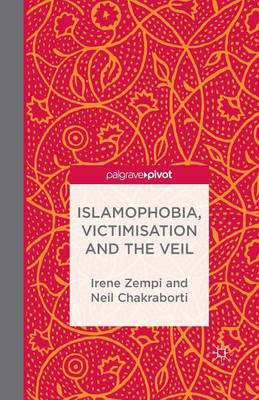Palgrave Hate Studies
3 total works
Islamophobia, Victimisation and the Veil
by Irene Zempi and Neil Chakraborti
This book offers unparalleled insight into the ways in which hate crime affects individuals and communities across the world. Drawing from the testimonies of more than 2,000 victims of hate crime, the book identifies the physical, emotional and community-level harms associated with hate crimes and key implications for justice in the context of punitive, restorative, rehabilitative and educative interventions. Hate crime constitutes one of the biggest global challenges of our time and blights the lives of millions of people across the world. Within this context the book generates important new knowledge on victims' experiences and expectations, and uses its compelling evidence-base to identify fresh ways of understanding, researching and responding to hate crime. It also documents the sensitivities associated with undertaking complex fieldwork of this nature, and in doing so offers an authentic account of the very necessary - and sometimes unconventional - steps which are fundamental to the process of engaging with 'hard-to-reach' communities.
Drawing on empirical research, Stevie-Jade Hardy uncovers the fears and tensions that both undermine, and are caused by, doing multiculturalism. In doing so, she shines a light on the 'hidden' phenomenon of youth hate crime perpetration. This book will be of particular interest to scholars of criminology, sociology and cultural studies, as well as to professionals and policy-makers working in the fields of diversity and hate crime.


